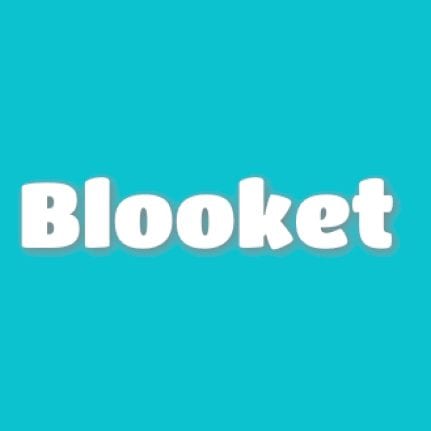In today’s digital age, educational platforms have become increasingly prevalent in facilitating engaging learning experiences. Blooket, a popular educational gaming platform, offers a dynamic environment for educators and students alike. One of the key features within Blooket is the utilization of codes, which serve as gateways to various activities and resources. In this comprehensive guide, we will delve into the intricacies of using blooket join code effectively, enabling educators to maximize their potential for enhancing learning outcomes.
Understanding Blooket Codes: Blooket codes serve as alphanumeric sequences that grant access to specific games, quizzes, or activities within the platform. These codes are generated by educators and can be shared with students to facilitate participation in tailored learning experiences. Each code corresponds to a unique Blooket game or activity, allowing for seamless integration into lesson plans and curriculum.

Step-by-Step Guide to Using Blooket Codes:
- Accessing Blooket: To begin, educators and students must access the Blooket platform either through a web browser or the Blooket mobile application. Upon logging in or creating an account, users gain access to the dashboard, which serves as the central hub for managing games and activities.
- Generating Codes: Educators can create Blooket games or activities by navigating to the “Create” tab on the dashboard. Here, they can select from a variety of game modes, including Tower Defense, Match, and Trivia. After customizing the game settings and questions, educators can generate a unique code for the activity.
- Sharing Codes: Once the code is generated, educators can share it with their students through various channels, such as email, messaging platforms, or within a learning management system (LMS). It is essential to ensure that students receive the code accurately to avoid any confusion during the access process.
- Joining Games: Students can join Blooket games or activities by entering the corresponding code in the “Join Game” section of the Blooket platform. After entering the code, they will be directed to the specific game or activity created by their educator, ready to participate and engage with the content.
- Participating in Activities: Upon joining the game, students can actively participate in the Blooket activity, whether it involves answering quiz questions, solving puzzles, or completing challenges. The real-time nature of Blooket games fosters interactive learning experiences, promoting engagement and retention of knowledge.
Benefits of Utilizing Blooket Codes:
- Personalized Learning: Blooket codes enable educators to customize learning experiences based on the unique needs and preferences of their students. By creating tailored games and activities, educators can address specific learning objectives and cater to diverse learning styles.
- Engagement and Motivation: The gamified nature of Blooket enhances student engagement and motivation, transforming traditional learning tasks into interactive challenges. Students are incentivized to actively participate and perform to their best abilities, leading to increased retention and understanding of content.
- Formative Assessment: Blooket codes facilitate formative assessment practices by providing educators with real-time insights into student progress and comprehension. Through features such as live game reports and performance analytics, educators can identify areas of strength and areas for improvement, informing instructional decisions and interventions.
In conclusion, Blooket codes offer a versatile tool for educators to create engaging and interactive learning experiences for their students. By following the step-by-step guide outlined in this post, educators can harness the power of Blooket codes to enhance learning outcomes and foster a dynamic educational environment. With its emphasis on personalization, engagement, and assessment, Blooket emerges as a valuable asset in modern pedagogy, catering to the evolving needs of 21st-century learners.